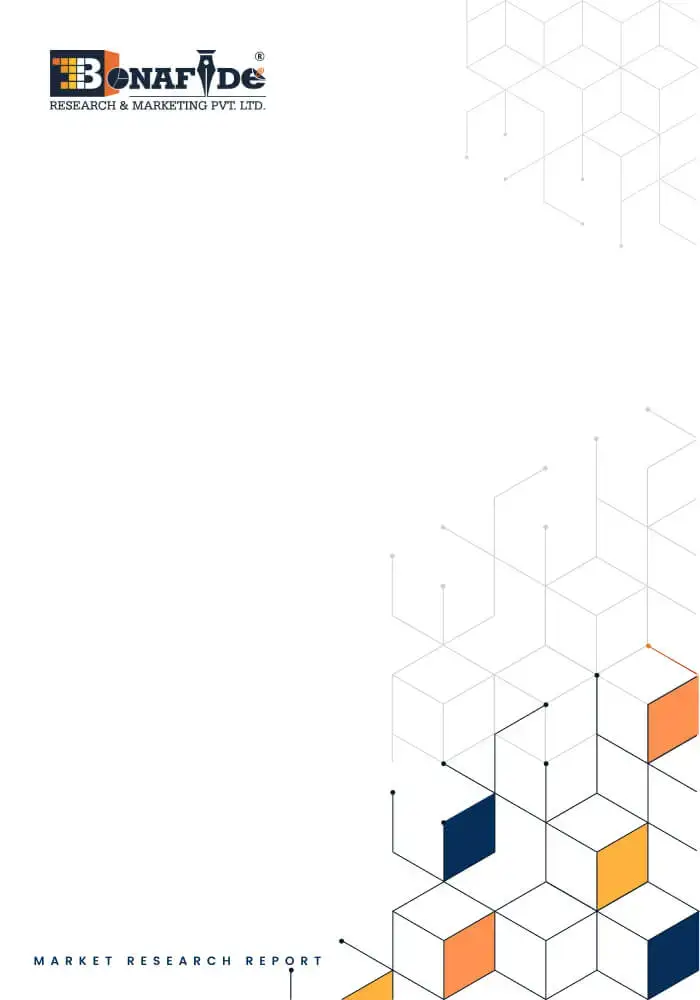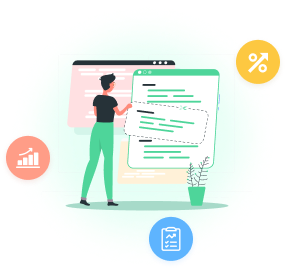The precision agriculture market in India is a critical element in the nation's drive toward agricultural modernization. As an agrarian economy where agriculture contributes significantly to GDP and employs over half of the population, the adoption of precision farming technologies is essential. Precision agriculture, which uses advanced technologies such as sensors, GPS, and data analytics, optimizes resource utilization and improves crop yields. India’s diverse climatic conditions, varied soil types, and the predominance of small and fragmented landholdings pose significant challenges to traditional farming practices. The government has been actively supporting the adoption of precision agriculture through schemes such as the National Mission on Sustainable Agriculture (NMSA), Pradhan Mantri Krishi Sinchayee Yojana (PMKSY), and various state-level initiatives aimed at promoting efficient irrigation and resource management. Subsidies and financial support for purchasing advanced equipment like GPS-enabled tractors, soil sensors, and drip irrigation systems have been pivotal in driving adoption. Furthermore, the emphasis on doubling farmers' income by 2022 has pushed policymakers to encourage the integration of technology into agriculture. Historically, India has relied heavily on monsoons, with unpredictable weather patterns affecting crop productivity. Precision agriculture mitigates these risks by providing real-time data and insights, enabling farmers to make informed decisions. The involvement of private players, agricultural universities, and startups has significantly accelerated the adoption of precision technologies, creating a more dynamic and competitive market landscape.
According to the research report "India Precision Farming Market Overview, 2029," published by Bonafide Research, the India Precision Farming market is anticipated to grow at more than 20.32% CAGR from 2024 to 2029. India's precision agriculture market is expected to grow rapidly in the coming years, driven by a combination of demand for higher agricultural productivity, resource optimization, and technological advancements. Several factors contribute to this growth, including the increasing pressure to enhance food security, the need to maximize output from limited arable land, and rising awareness about sustainable farming practices. Technological innovations such as IoT-enabled devices, AI-driven analytics, and machine learning models are shaping the market, providing solutions that address specific challenges faced by Indian farmers. For instance, AI-based platforms offer predictive analytics for crop diseases, pest infestations, and weather patterns. Key players like John Deere, Mahindra & Mahindra, and Tata Consultancy Services have introduced a wide range of precision agriculture solutions tailored to Indian conditions. These include GPS-enabled tractors, drone-based crop monitoring systems, and mobile apps for farm management. Additionally, the growth of rural internet connectivity and smartphone penetration has made it easier for farmers to access these technologies. Another emerging trend is the collaboration between public and private entities to set up digital infrastructure and training programs for farmers. Startups like Fasal and AgNext are also making significant contributions by developing cost-effective solutions that cater to small and marginal farmers.
What's Inside a Bonafide Research`s industry report?
A Bonafide Research industry report provides in-depth market analysis, trends, competitive insights, and strategic recommendations to help businesses make informed decisions.
Download SampleThe precision agriculture market in India is segmented by components, with hardware playing a crucial role. Hardware includes sensors and monitoring devices such as soil moisture sensors, weather stations, and nutrient sensors, which provide critical data for crop management. These devices help monitor real-time environmental conditions, allowing farmers to optimize irrigation, fertilization, and pest control strategies. Cameras and display systems are widely used for visual monitoring, enabling farmers to identify issues like pest infestations or nutrient deficiencies through high-resolution images. Mobile devices, including smartphones and tablets, serve as essential tools for accessing farm management software, weather forecasts, and expert advice. UAVs (Unmanned Aerial Vehicles), commonly known as drones, are increasingly used for aerial imaging, crop health assessment, and even precision spraying of fertilizers and pesticides. The software segment comprises farm management systems that analyze data collected by hardware devices, offering actionable insights. These platforms facilitate efficient planning and execution of farming activities. Services, including installation, maintenance, and consulting, form another critical component, ensuring that farmers can fully leverage the benefits of precision agriculture technologies. These integrated hardware, software, and service solutions collectively enhance operational efficiency and productivity on farms.
Technological advancements are another critical aspect of India's precision agriculture market. Key technologies include remote sensing, GPS/GNSS systems, and Variable Rate Technology (VRT). Remote sensing technologies, using satellites and drones, provide detailed information on crop health, soil conditions, and environmental factors. This data helps farmers identify problem areas and take corrective measures. GPS/GNSS systems enable precise mapping and tracking, which are crucial for applications like automated steering and site-specific crop management. VRT allows for the variable application of inputs such as seeds, fertilizers, and water, based on specific field conditions, thereby optimizing resource use and minimizing waste. Guidance software, integrated with GPS systems, helps farmers navigate their machinery with high accuracy, reducing overlap and improving operational efficiency. Geomapping technology creates detailed field maps, helping farmers understand spatial variations in soil and crop conditions. Precision agriculture also encompasses various applications, including crop management, which involves monitoring crop growth and optimizing input use, and irrigation management, which aims to conserve water while maximizing crop yields. Other applications include financial management, person and inventory management, and weather forecasting, all of which are essential for informed decision-making in farming operations.
Considered in this report
• Historic Year: 2018
• Base year: 2023
• Estimated year: 2024
• Forecast year: 2029
Aspects covered in this report
• Precision Agriculture Market with its value and forecast along with its segments
• Region & country wise smart agriculture market analysis
• Application wise smart agriculture distribution
• Various drivers and challenges
• On-going trends and developments
• Top profiled companies
• Strategic recommendation
By Component
• Hardware
o Sensors and Monitoring Devices
o Cameras and Display
o Mobile Devices
o UAVs
• Software
• Services
By Technology
• Remote Sensing
• GPS/GNSS Systems
• Variable Rate Technology (VRT)
• Guidance Software
• Geomapping
By Application
• Crop Management
• Financial management
• Weather Forecasting
• Person and Inventory Management
• Irrigation Management
The approach of the report:
This report consists of a combined approach of primary as well as secondary research. Initially, secondary research was used to get an understanding of the market and listing out the companies that are present in the market. The secondary research consists of third-party sources such as press releases, annual report of companies, analysing the government generated reports and databases. After gathering the data from secondary sources primary research was conducted by making telephonic interviews with the leading players about how the market is functioning and then conducted trade calls with dealers and distributors of the market. Post this we have started doing primary calls to consumers by equally segmenting consumers in regional aspects, tier aspects, age group, and gender. Once we have primary data with us we have started verifying the details obtained from secondary sources.
Intended audience
This report can be useful to industry consultants, manufacturers, suppliers, associations & organizations related to agriculture industry, government bodies and other stakeholders to align their market-centric strategies. In addition to marketing & presentations, it will also increase competitive knowledge about the industry.
Request Table of Contents
Related Reports
 We are friendly and approachable, give us a call.
We are friendly and approachable, give us a call.





.png)









